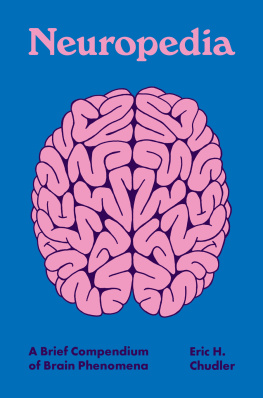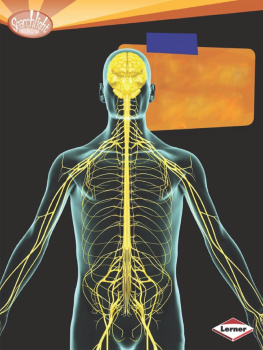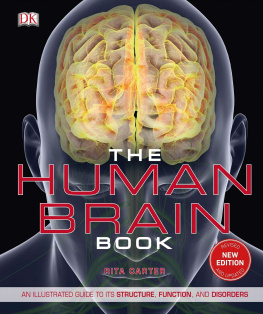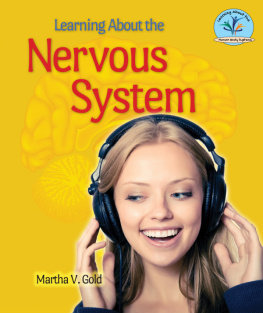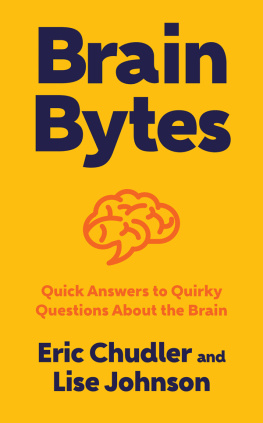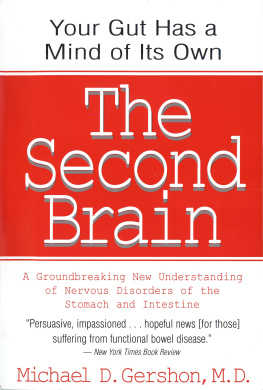
Neuropedia


Copyright 2022 by Princeton University Press
Princeton University Press is committed to the protection of copyright and the intellectual property our authors entrust to us. Copyright promotes the progress and integrity of knowledge. Thank you for supporting free speech and the global exchange of ideas by purchasing an authorized edition of this book. If you wish to reproduce or distribute any part of it in any form, please obtain permission.
Requests for permission to reproduce material from this work should be sent to
Published by Princeton University Press
41 William Street, Princeton, New Jersey 08540
99 Banbury Road, Oxford OX2 6JX
press.princeton.edu
All Rights Reserved
ISBN 978-0-691-21357-6
ISBN (e-book) 978-0-691-24218-7
British Library Cataloging-in-Publication Data is available
Editorial: Hallie Stebbins and Kiran Pandey
Production Editorial: Mark Bellis
Text and Cover Design: Chris Ferrante
Production: Steve Sears
Publicity: Sara Henning-Stout and Kate Farquhar-Thomson
Copyeditor: Jennifer McClain
Cover, endpaper, and text illustrations by Kelly Chudler
This book has been composed in Plantin, Futura, and Windsor
Printed on acid-free paper.
Printed in China
10 9 8 7 6 5 4 3 2 1

Preface
Mientras nuestro cerebro sea un arcano, el universo, reflejo de su estructura, ser un arcano tambin.
(As long as our brain is a mystery, the universe, the reflection of the structure of the brain, will also be a mystery.)
SANTIAGO RAMN Y CAJAL (1922)
The words of pioneering neuroscientist Santiago Ramn y Cajal (18521934) reflect the thoughts of many scientists and philosophers who over the centuries have tried to unravel the workings of the brain. Using the most advanced tools and technologies available in their time, these men and women have figuratively and literally probed the brain, seeking treatments and cures for neurological disease, and searched for the underlying cause of what makes us human.
Scientists take many different pathways to the field of brain research and come from diverse academic backgrounds. A neuroscientist may enter the field with a medical degree or a doctoral degree in neuroscience, biology, chemistry, physics, bioengineering, physiology, or a related field. Others approach neuroscience from outside the natural or physical sciences, for example, graduating from college with a major in music or philosophy. For me, neuroscience was not on my list of career aspirations until my last years of college. As a kid, I grew up in Los Angeles (California), Kuala Lumpur (Malaysia), and Kobe (Japan). Whether it was riding my bike along the concrete and asphalt streets of Southern California, searching the monsoon drains surrounding my house in Southeast Asia, or climbing the hills behind my school in Kobe, I tried to get outside as much as possible. Perhaps my love of the outdoors is why my high school career aptitude test determined that I was best suited to become a forester.
Both of my parents were teachers and, although neither of them had any background in science, they always encouraged me to follow my interests regardless of the subject. In high school, my interests were mainly sports. But during my senior year of high school, I took a marine biology class where students were taught about the invertebrates, birds, fish, and mammals that live in and around the ocean. This class sparked my curiosity about nature and motivated me to learn more about marine life. On weekends, I would drive thirty minutes to the beach in Los Angelesnot to sit on the sand, but to explore the tide pools. Each day there revealed something new and unexpected. I spent hours turning over rocks (and carefully putting them back in place) to see the invertebrate life that lived hidden at the intersection of sand and sea. These days I check the tide tables and get out to the tide pools of Puget Sound several times a year.
When I entered college at the University of California, Los Angeles (UCLA), in 1976, I thought that I would become an oceanographer. My favorite course, invertebrate biology, included trips to the bays around Los Angeles, where students would board a boat and dredge the ocean floor for moon snails, sea cucumbers, worms, and other animals. We would take our catch back to the lab to study our specimens. During class, the professor entertained students with stories of how he spent his research time studying shrimp in warm South Pacific Ocean waters. This sounded like a great career: to get paid for something I would do for free.
My academic pathway took a new direction at the start of my junior year at UCLA when I enrolled in an introductory psychology class. The instructor of the class was Dr. John Liebeskind (19351997), who introduced himself as a physiological psychologist but these days would be called a neuroscientist. I didnt know it at the time, but Dr. Liebeskind was an innovative researcher who was making important discoveries about the brains own pain inhibitory system. After one lecture about the brain, Dr. Liebeskind invited students to follow him back to his lab for a short tour. I joined a small group of three or four students who took him up on his offer and followed the professor to his lab in the basement of the psychology building. At the end of the brief tour, Dr. Liebeskind said that any of us students could join his lab if we showed up the following day. I was the only student who returned the next day and was put to work quickly by the graduate students and postdoctoral researchers. There was no undergraduate neuroscience major at UCLA until 1992, so instead I switched my major to psychobiology. I worked in the Liebeskind lab as a volunteer undergraduate researcher until I graduated in 1980 with my bachelors degree in psychobiology. I then went on to pursue a masters degree and a doctorate degree before taking a research position at the National Institutes of Health in Bethesda, Maryland, where I studied how the brain processes information related to touch and pain. I ultimately landed at the University of Washington, where Ive been since 1991.
Neuroscience is important not only for researchers in labs and physicians in clinics, but for everyone. We are all likely to know someone affected by a neurological disorder. Alzheimers disease, Parkinsons disease, multiple sclerosis, depression, autism, stroke, schizophreniathe list of neurological and psychiatric disorders goes on and on. These diseases take a tremendous emotional and economic toll on patients, family members, and caregivers. If we all knew more about the brain, perhaps we could better empathize with people affected by these disorders, reduce stigma attached to neurological diseases, and help people cope with their conditions. Beyond a better understanding of disease and disorders, the rapid advances in neuroscience make it imperative that everyone has a basic understanding of brain research to read articles in magazines, newspapers, and websites. It is difficult nowadays to read through popular media without seeing a story discussing the brain. Unfortunately, there is also a considerable amount of misinformation and misunderstanding about the brain. For example, a commonly held belief is that we use only a small portion of the brain; we actually use all of the brain. People with an understanding of brain research should be better equipped to analyze information in the media more critically. Further, new neuroscientific discoveries are impacting many segments of society, including our courtrooms, classrooms, and companies. Lawyers are using brain imaging to sway juries, teachers are looking to neuroscience for help to improve educational practices, and industry is developing new methods to enhance brain function. A neuroscientific-literate society will be better prepared to debate how such advances should be developed and disseminated.
Next page
